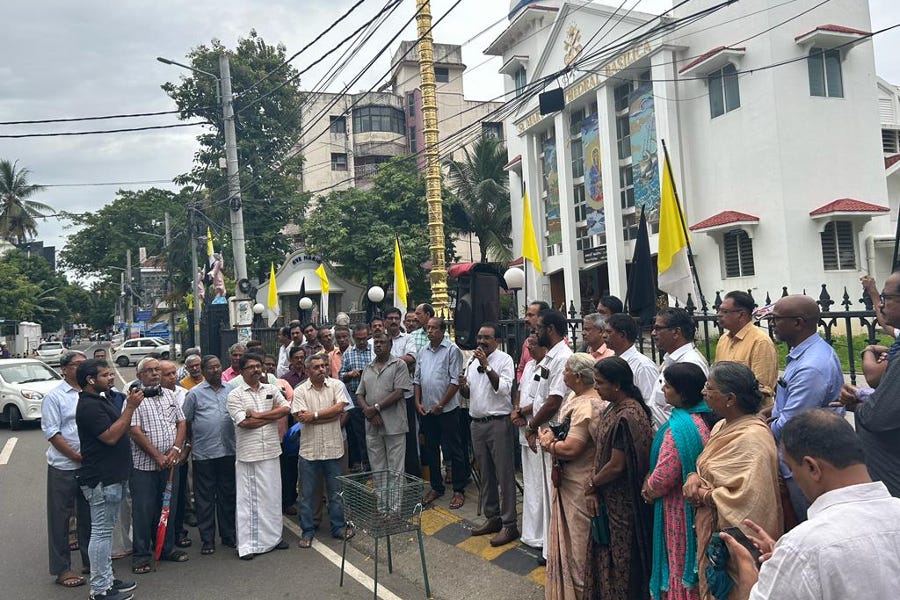Cathedral official removed amid Syro-Malabar liturgy dispute
The priest overseeing the cathedral at the heart of the Syro-Malabar Church’s liturgy dispute has been removed after he defied an ultimatum on the new form of the liturgy
A priest overseeing the cathedral at the heart of the Syro-Malabar Catholic Church’s liturgy dispute has been removed after he defied an ultimatum to introduce a new form of the Eucharistic liturgy.

